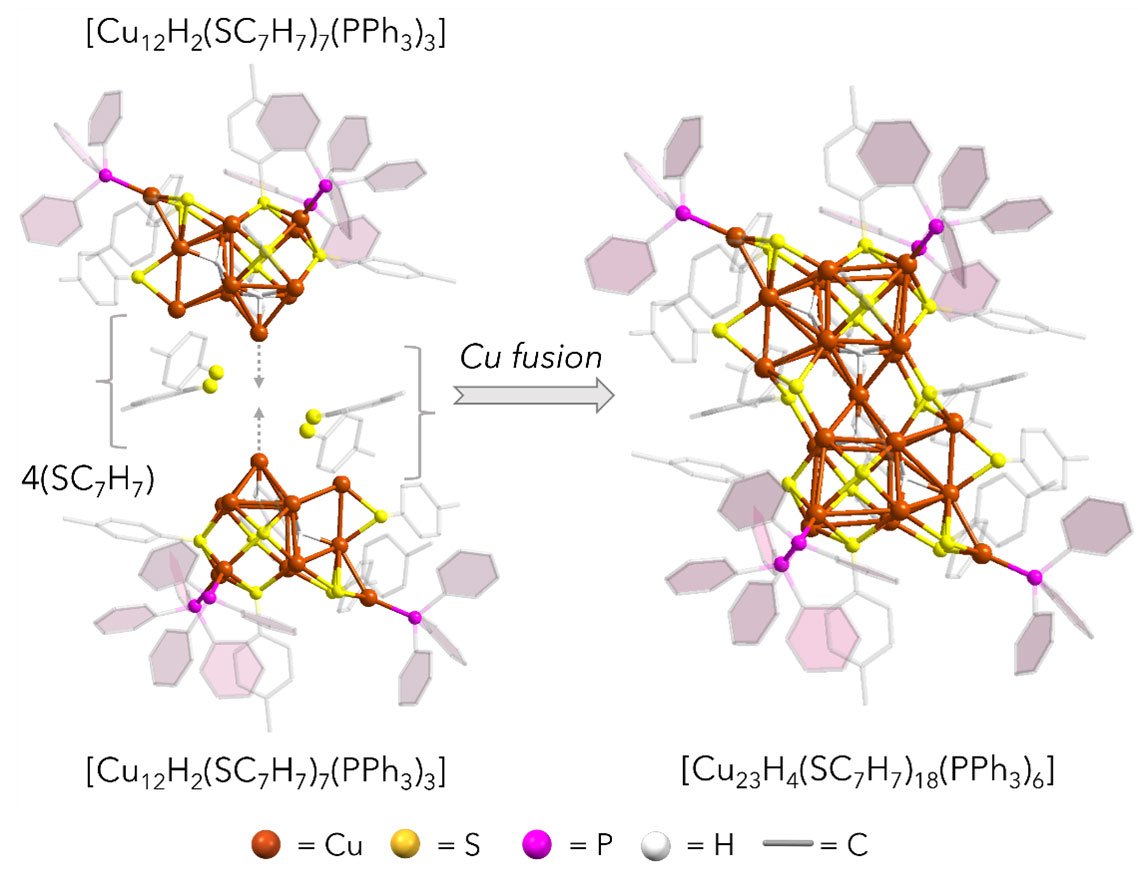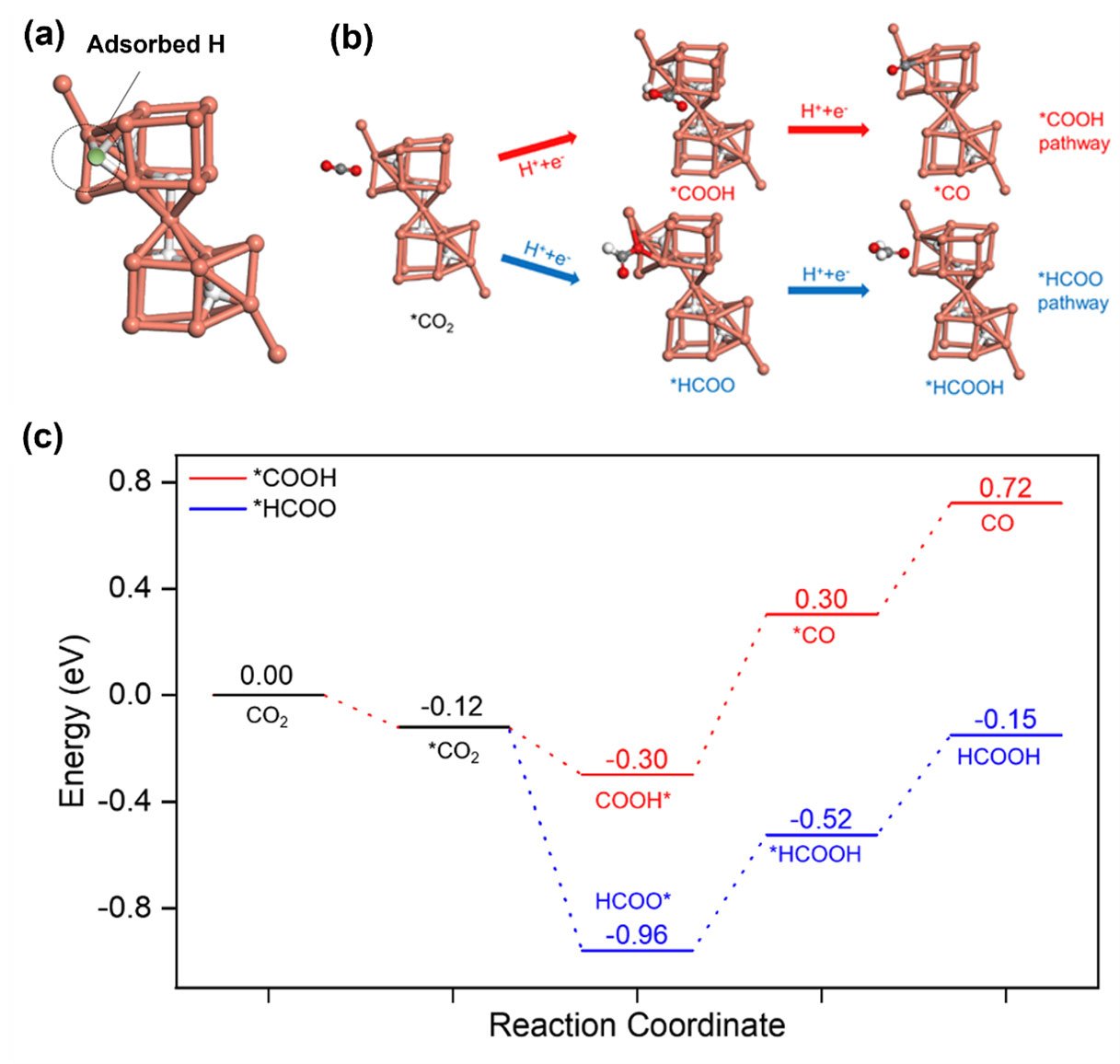In a significant step towards a carbon-neutral future, researchers from Tohoku University (Japan), the Tokyo University of Science (Japan), and Vanderbilt University (USA) have collaboratively developed an atomically precise copper nanocluster that demonstrates high stability and exceptional selectivity in electrochemical carbon dioxide (CO₂) reduction reactions. The findings were published in the Journal of the American Chemical Society on June 26, 2025.

The centerpiece of this discovery is a unique nanocluster (NC) that combines the best of two worlds. Cu(0) architectures are excellent catalysts, but unstable; whereas Cu(I) is the "safe" and stable option that subsequently is not as effective or versatile as a catalyst. Unlike conventional clusters, the researchers found that the incorporation of a single Cu(0) atom into a Cu(I)-dominated architecture significantly alters the electronic landscape of the material. This small change makes a big difference.
"This study demonstrates a new paradigm in the design of metal nanoclusters," says Professor Yuichi Negishi of Tohoku University. "By precisely modulating the electronic structure, we've expanded the catalytic potential of copper-based materials."

Using carbon black as a support material, the team performed controlled-potential electrolysis under a CO₂ atmosphere. At an applied potential of −1.2 V vs. RHE, the Cu₂₃ nanocluster achieved a Faradaic efficiency of ~26% for formic acid and ~2.6% for carbon monoxide--demonstrating a significant improvement in product selectivity. This selectivity is crucial for ensuring the more desirable formic acid is produced instead of unwanted byproducts like carbon monoxide.
Computational analysis supported these results, showing that the Cu₂₃ cluster enables the formation of the favorable intermediate at a lower limiting potential, a feat not observed in previously reported Cu(I)-based nanoclusters.

It may seem surprising that a single Cu(0) atom embedded deep within the cluster could affect the reaction, since it's inaccessible for direct catalysis. However, they noticed active sites on the surface of the NC that allowed for improved reactant access. The team then identified the reason why one Cu(0) atom had such a big difference using Density Functional Theory (DFT). The calculations revealed that this active site efficiently stabilizes the key *HCOO intermediate--critical for the production of formic acid (HCOOH). They also identified the exceptional stability of this material even after the catalytic reaction.

This groundbreaking discovery underscores how the deliberate integration of a single Cu(0) atom into a copper nanocluster can dramatically influence its catalytic behavior. By stabilizing critical intermediates and guiding product selectivity, this strategy offers a new direction for designing functional nanomaterials from earth-abundant metals.
The research not only opens new avenues in CO₂ utilization technologies but also provides a blueprint for the rational design of next-generation electrocatalysts aimed at addressing global sustainability goals.
- Publication Details:
Title: Atomically Precise [Cu23H4(SC7H7)18(PPh3)6] Nanocluster: Structural Integration of Johnson Solids through a Cu(0) Center and Electro-catalytic Functionality
Authors: Sourav Biswas, Yamato Shingyouchi, Maho Kamiyama, Masaki Ogami, Haohong Song, Bo Li, Song Wang, Tokuhisa Kawawaki, De-en Jiang, Yuichi Negishi
Journal: Journal of the American Chemical Society
DOI: 10.1021/jacs.5c05665






